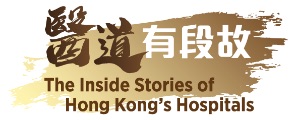
A caring hospital that magics away chaos
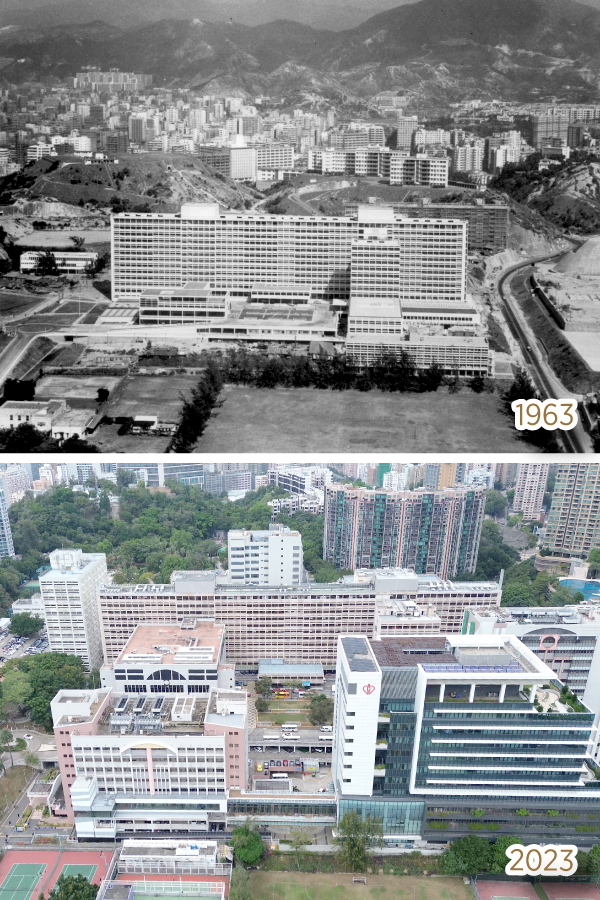 The Queen Elizabeth Hospital (QEH) was the biggest hospital in the region when it opened in 1963 with more than 1,300 beds and high demand for medical consultation. “The wards were simple with canvas beds everywhere,” says former Department Operations Manager of the Obstetrics and Gynaecology (O&G) Department Tsang Siu-ling (pictured), who worked at the hospital for 35 years. “With so many patients, lots of people described the hospital as being like a battlefield in its early years. But for me, it was more like a magic school. Despite the hardship, it has nurtured many outstanding medical professionals and our staff always managed to launch ‘new services’ for the benefit of patients despite limited resources.”
The Queen Elizabeth Hospital (QEH) was the biggest hospital in the region when it opened in 1963 with more than 1,300 beds and high demand for medical consultation. “The wards were simple with canvas beds everywhere,” says former Department Operations Manager of the Obstetrics and Gynaecology (O&G) Department Tsang Siu-ling (pictured), who worked at the hospital for 35 years. “With so many patients, lots of people described the hospital as being like a battlefield in its early years. But for me, it was more like a magic school. Despite the hardship, it has nurtured many outstanding medical professionals and our staff always managed to launch ‘new services’ for the benefit of patients despite limited resources.”
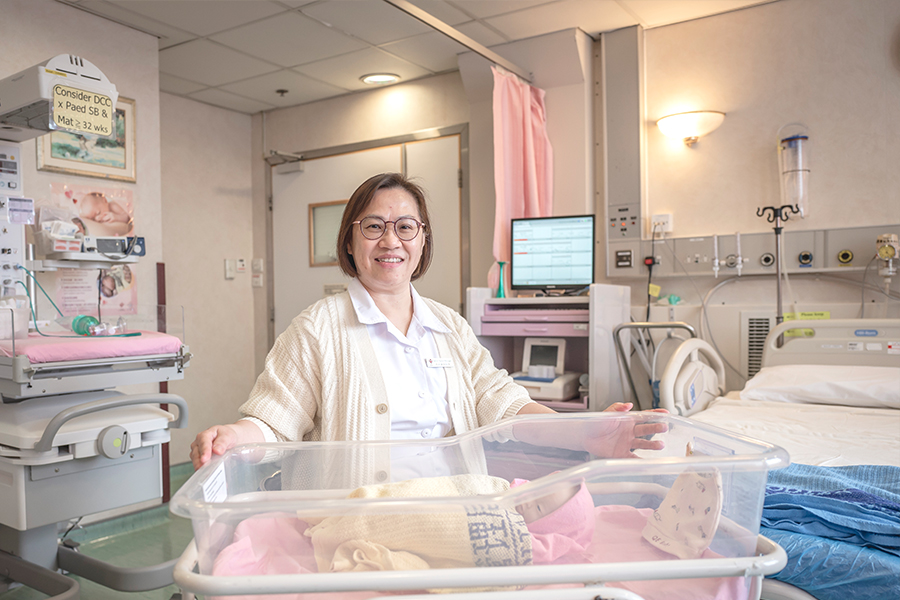
Dealing with floods of newborns
There were no separate delivery rooms when Siu-ling joined the hospital in 1988. Each room had three beds, and the cries of pregnant women echoed through the room. “Hong Kong faced an influx of Vietnamese refugees and handled up to 10,000 births a year. The O&G Department at QEH has always been popular. In one night alone, 17 babies were born. As soon as one delivery was completed, we would move on to the next bed,” she recalls. Separate delivery rooms were created at the hospital in the 2000s when other new practices were also introduced, such as husbands to attend childbirth and aromatherapy for pain relief. In those years, Siu-ling and her colleagues then had to deal with a flow of pregnant women from the Mainland giving birth in Hong Kong. “We had to handle numerous cases of women who did not have appointments and often required urgent treatment in the Accident & Emergency Department. This taught us to stay calm in unpredictable situations,” she says.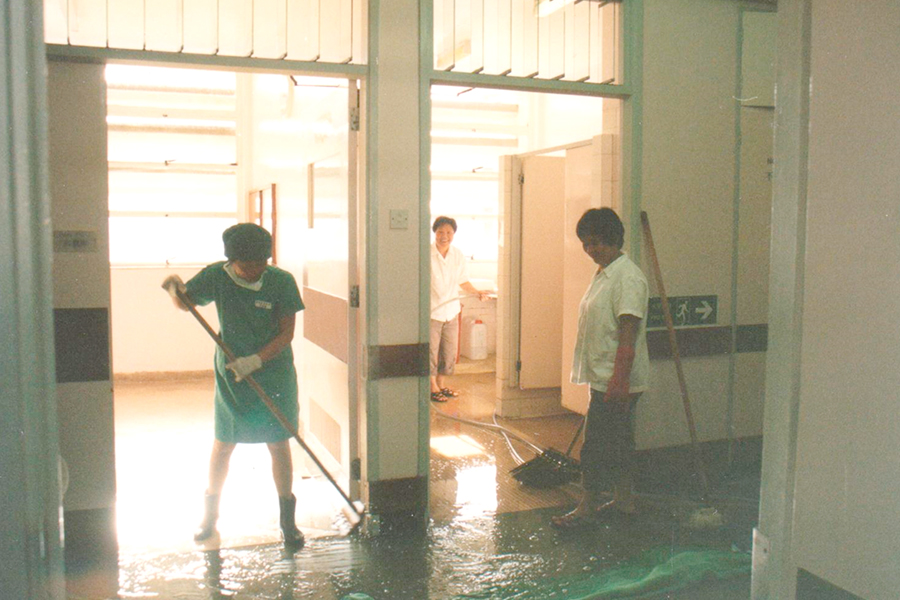 Siu-ling witnessed the birth of many of her own colleagues’ babies, including one female doctor who gave birth on New Year’s Eve. “As soon as the baby was born, there were New Year fireworks on the TV. Everyone was very excited. It was the first time I had welcomed a New Year baby,” she remembers. “Every birth is a unique moment, and seeing a family happily discharged brings me a sense of happiness as well.”
Siu-ling witnessed the birth of many of her own colleagues’ babies, including one female doctor who gave birth on New Year’s Eve. “As soon as the baby was born, there were New Year fireworks on the TV. Everyone was very excited. It was the first time I had welcomed a New Year baby,” she remembers. “Every birth is a unique moment, and seeing a family happily discharged brings me a sense of happiness as well.”
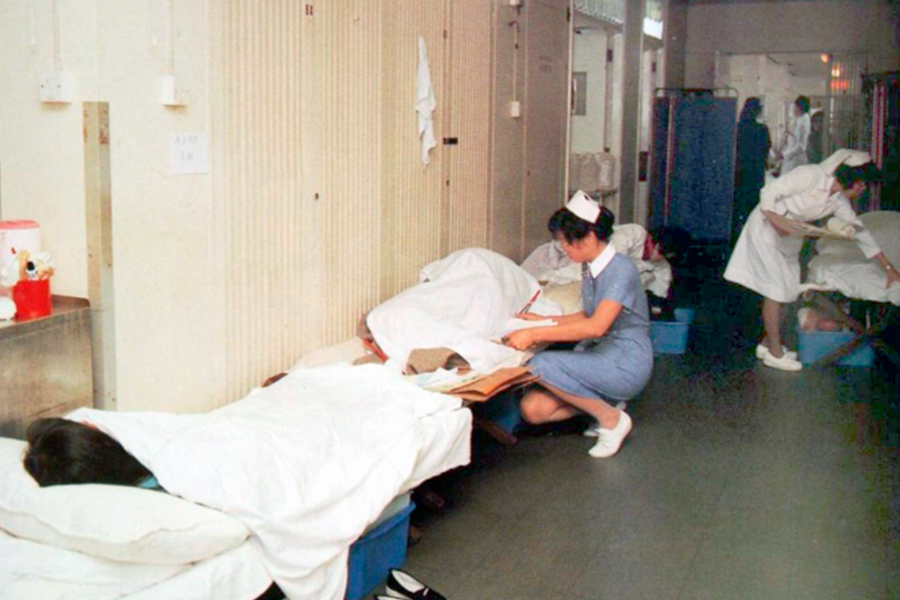
Moving stories of transferring patients
QEH was one of the first in Hong Kong to introduce a Non-Emergency Ambulance Transfer Service (NEATS). Patient Care Assistant II Hui Chi-fai (pictured) – known as Brother Fai – joined the service in 1994 and was soon assigned to the control centre to help streamline and improve the service’s procedures. When the service was launched, he says an ambulance had only one bed, one oxygen cylinder, and a short tailgate lift. Before the long tailgate lifts and stair chairs were introduced, patients often had to be manually lifted into the vehicle which could easily cause physical strain.Brother Fai points out that NEATS team members often form close relationships with the patients they transport on a regular basis. He remembers being visited by the family of a young male patient with muscular dystrophy who he helped for more than two years before he sadly passed away. “They were crying while shaking my hand, expressing their gratitude for our care of the patient over the years. Experiences like that inspire me to serve patients with even greater dedication and to meet their needs to the best of my ability,” he reflects. “The gratitude of people gives us the same sense of fulfilment as when a doctor cures a patient.”
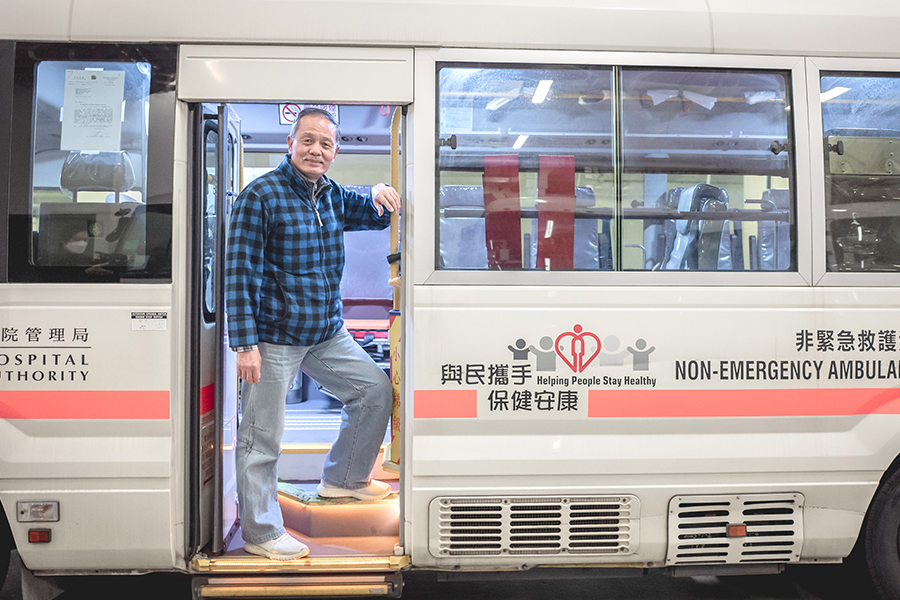 Interview video
Interview video